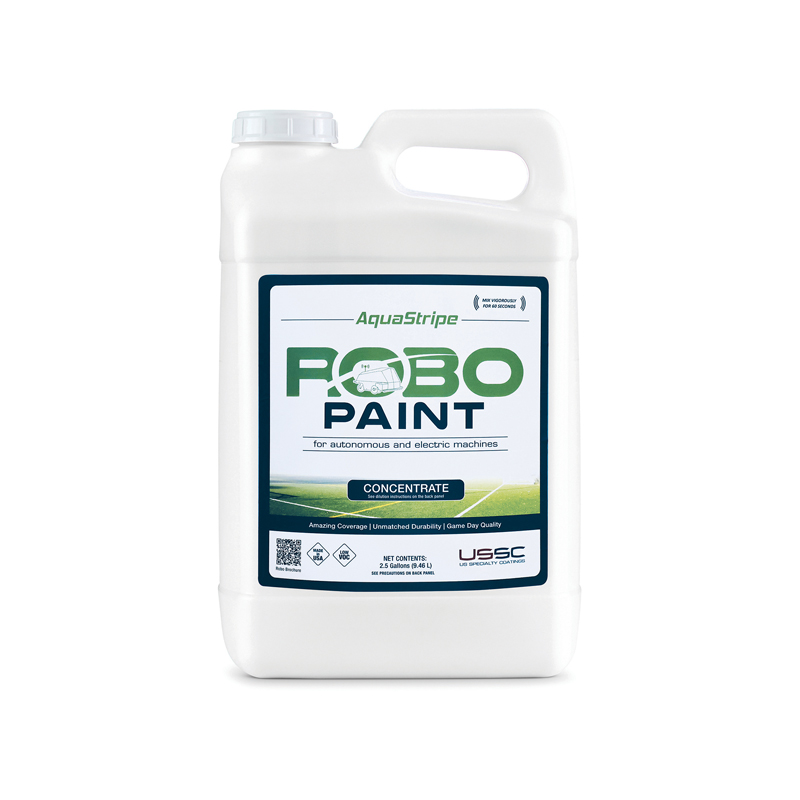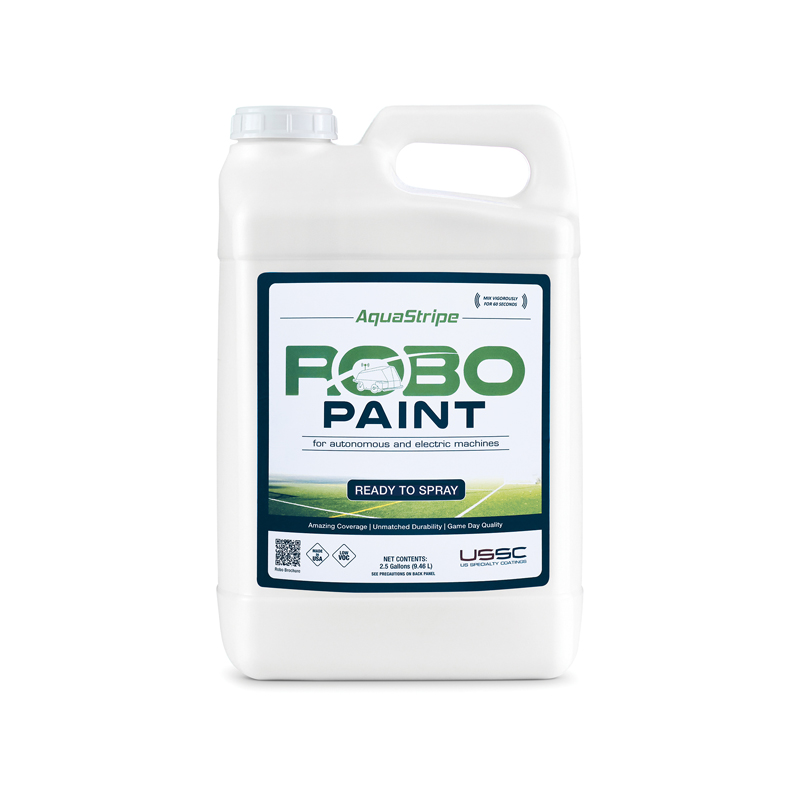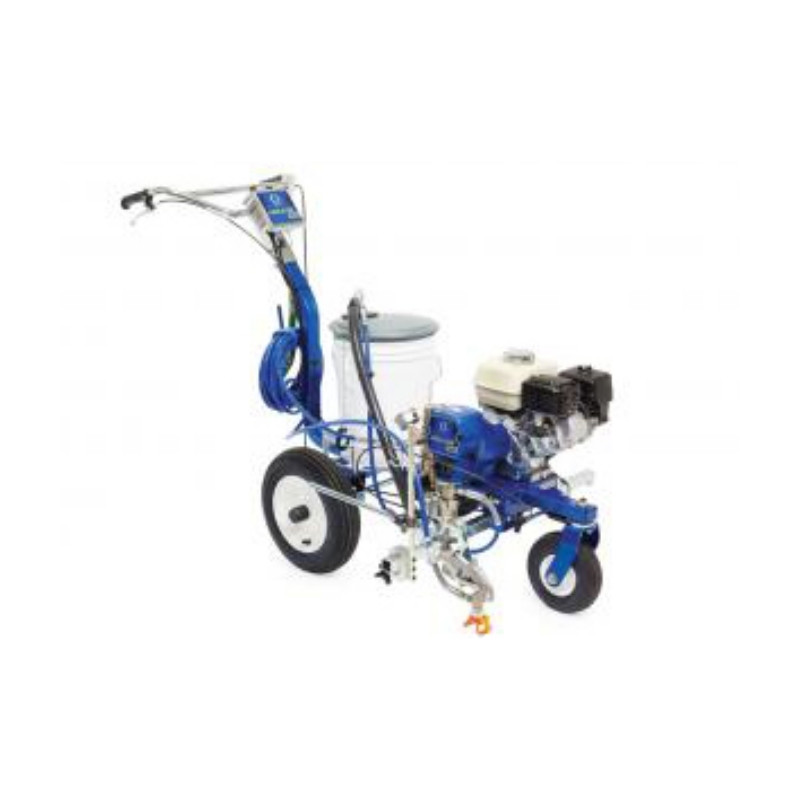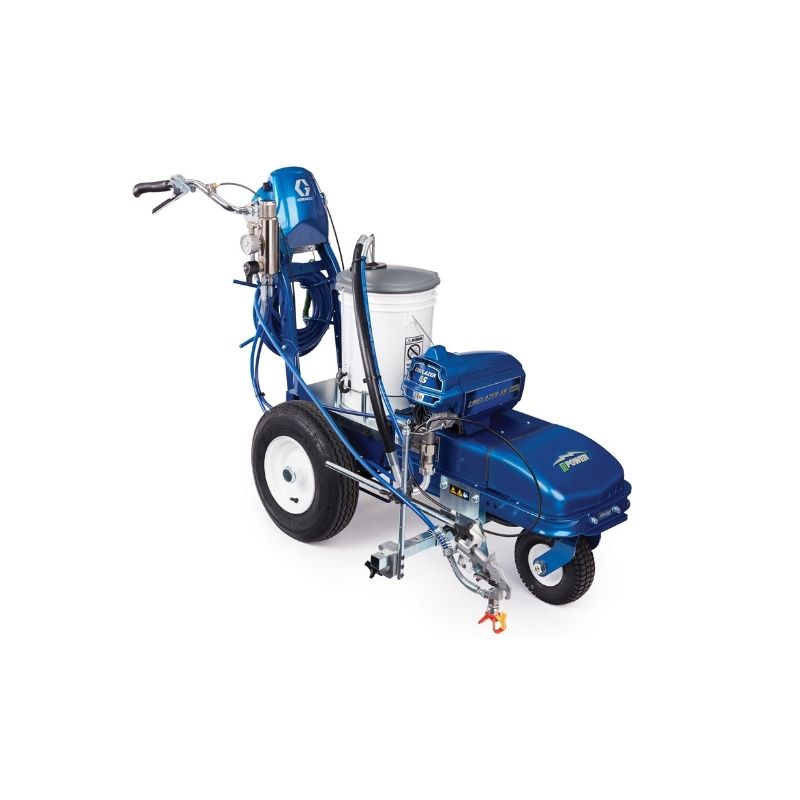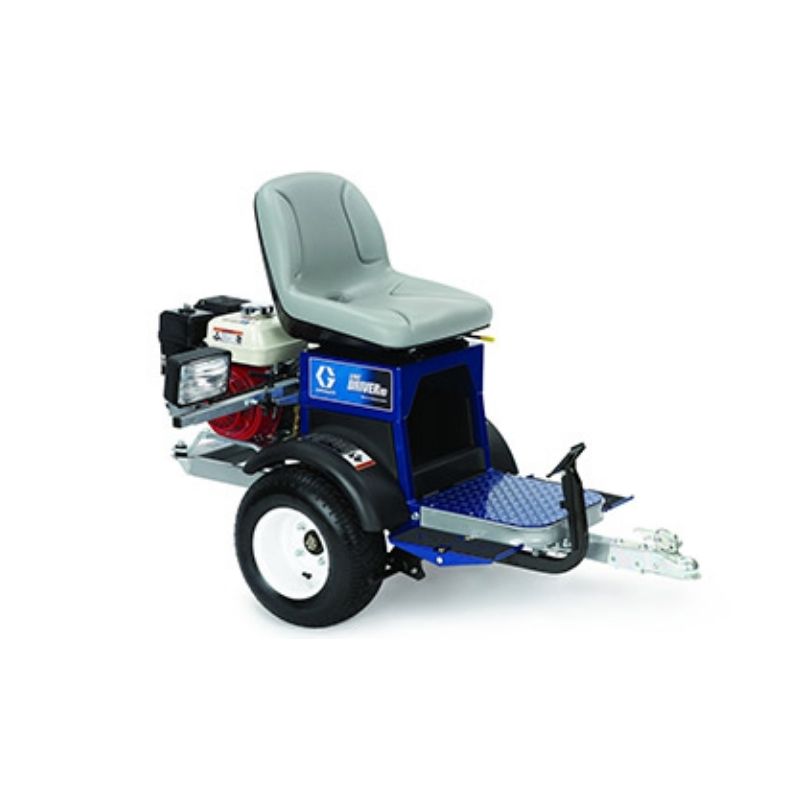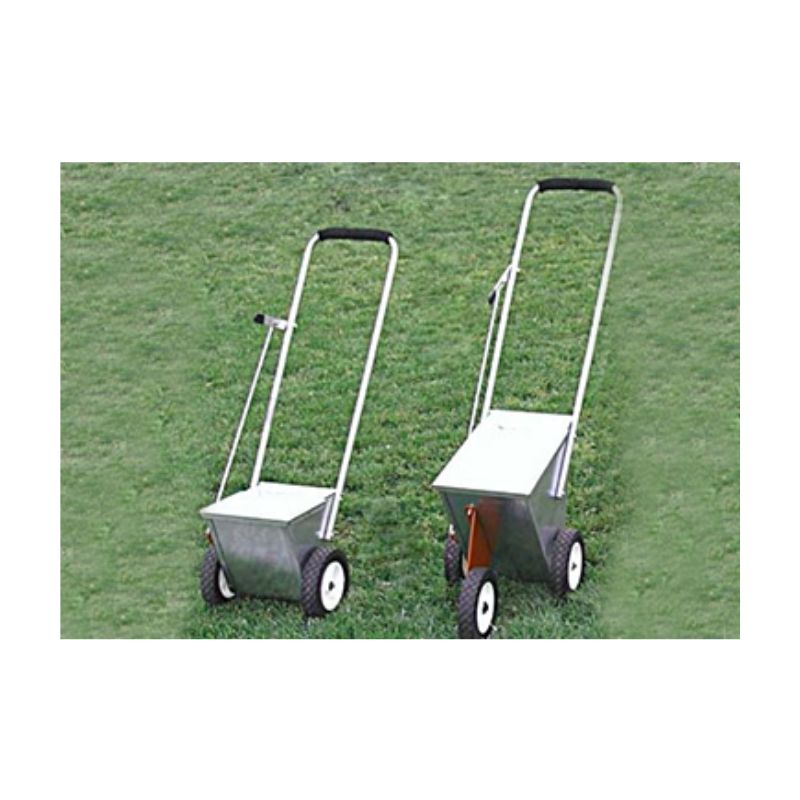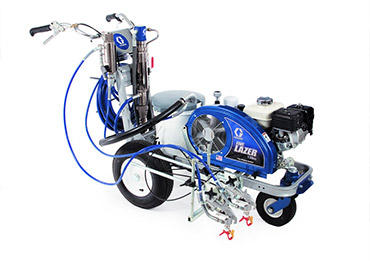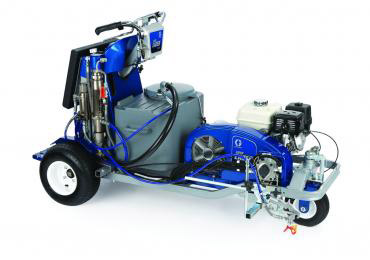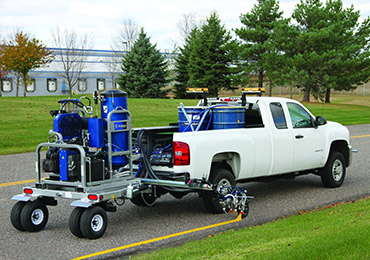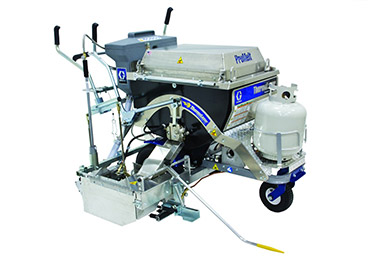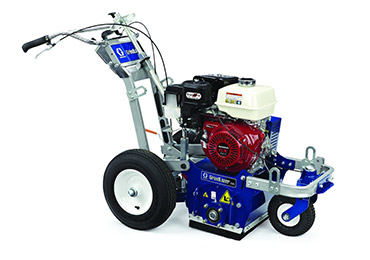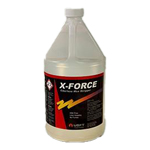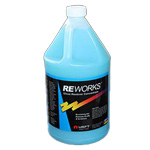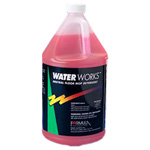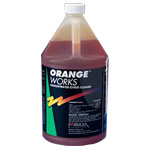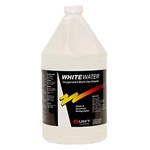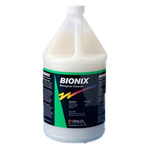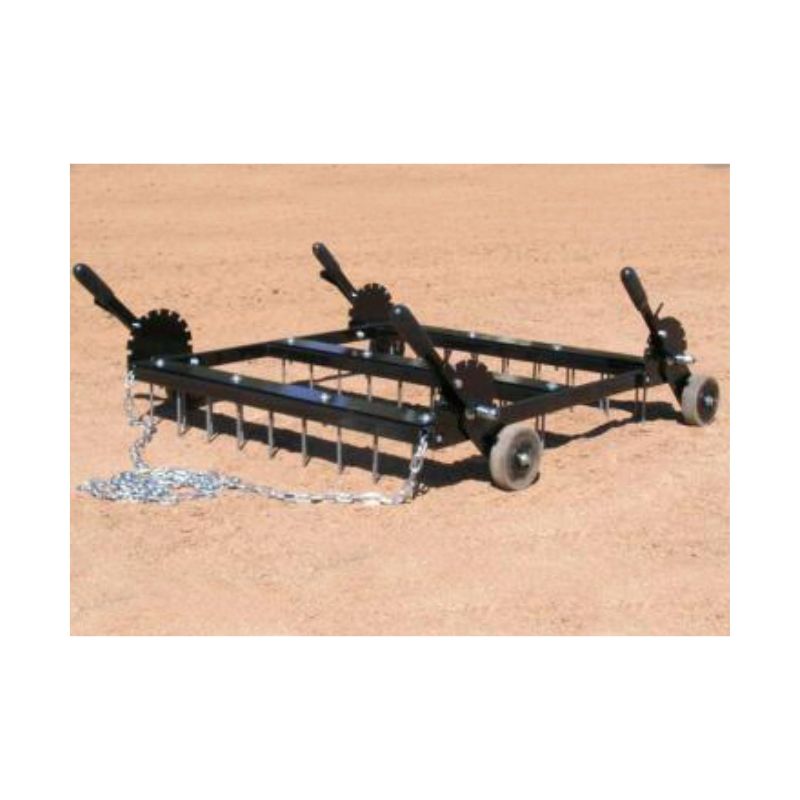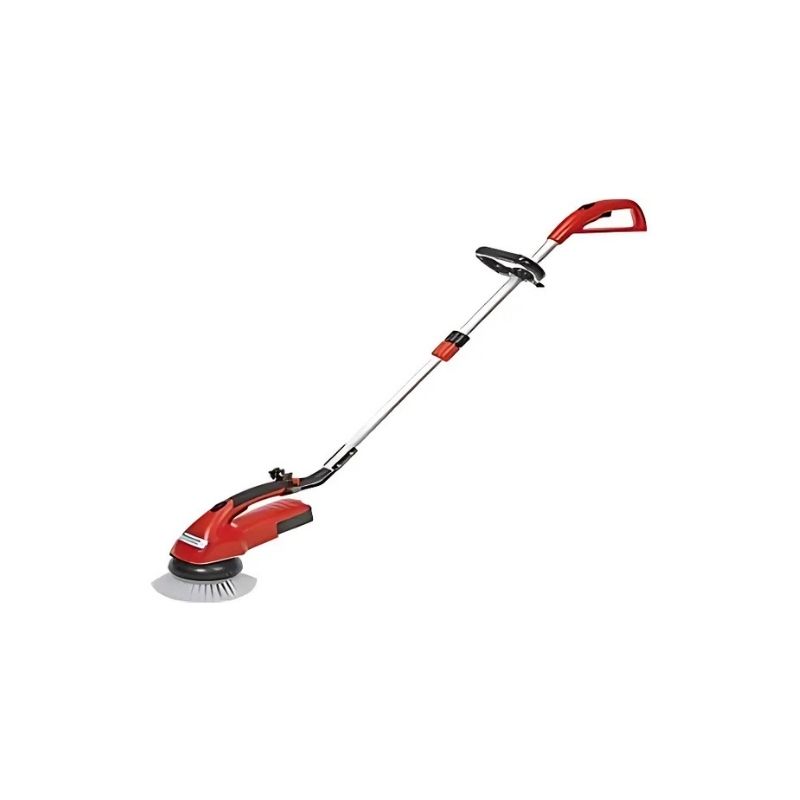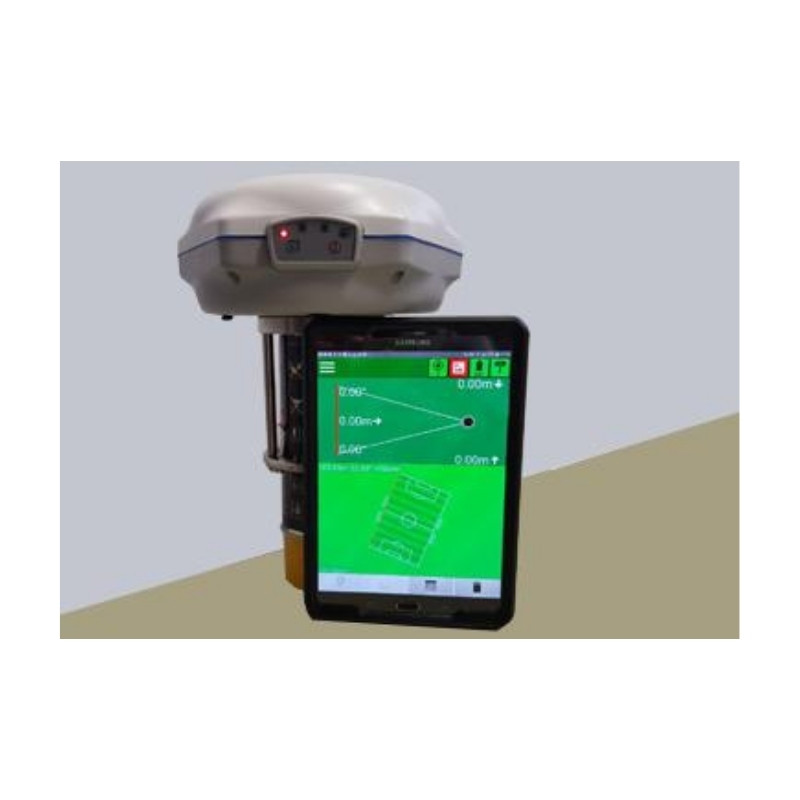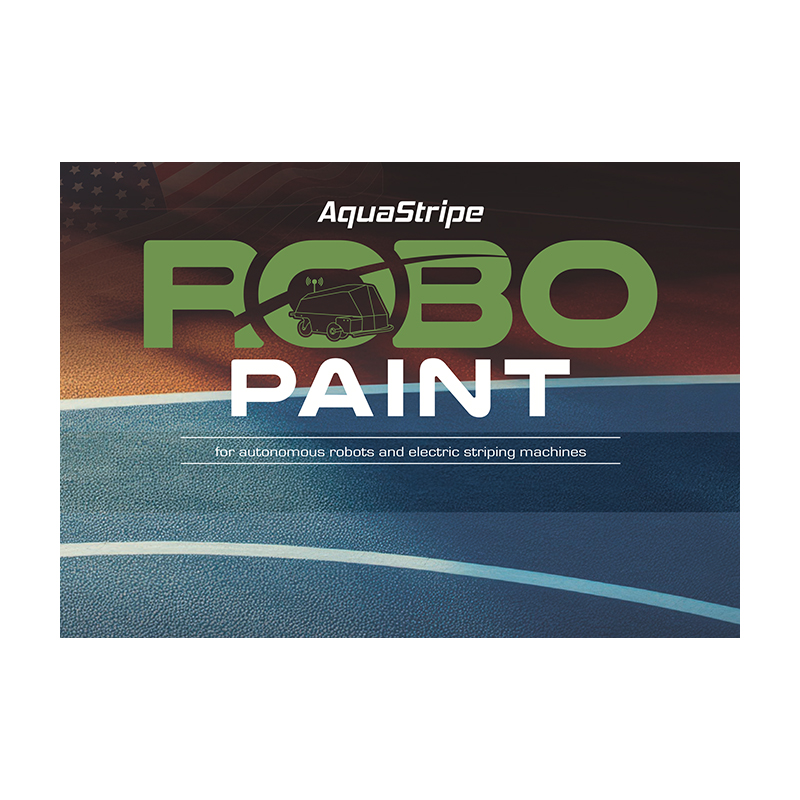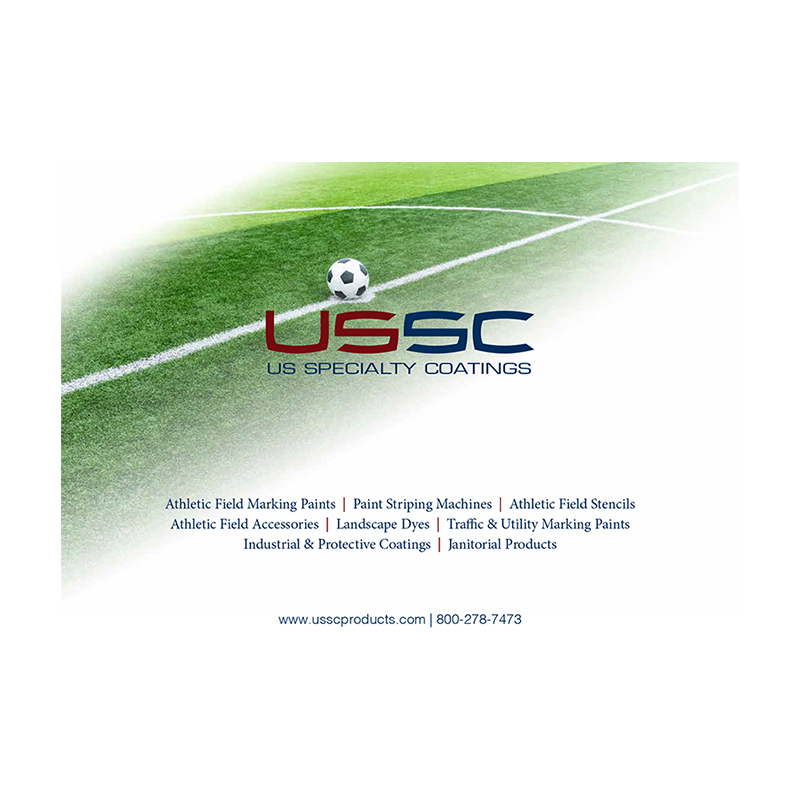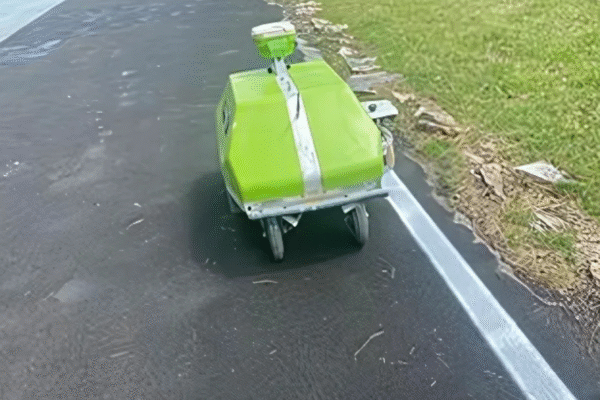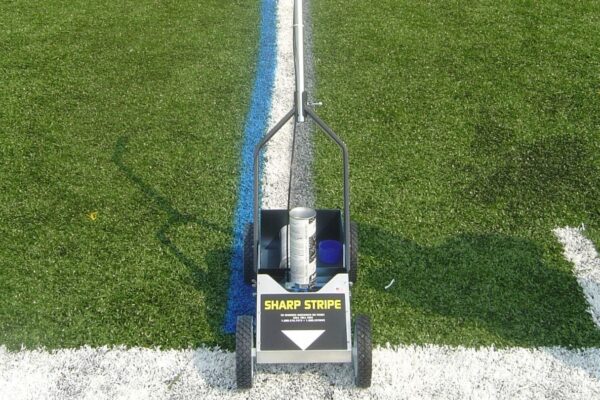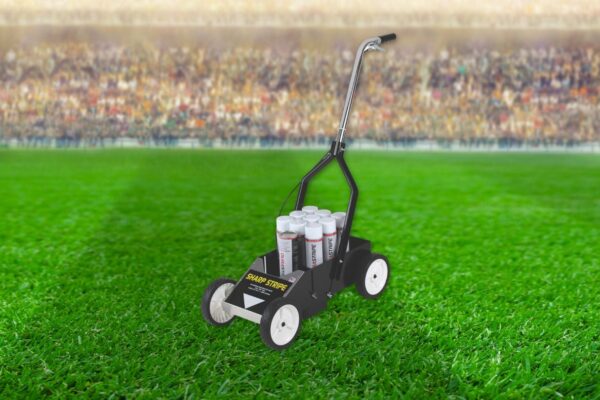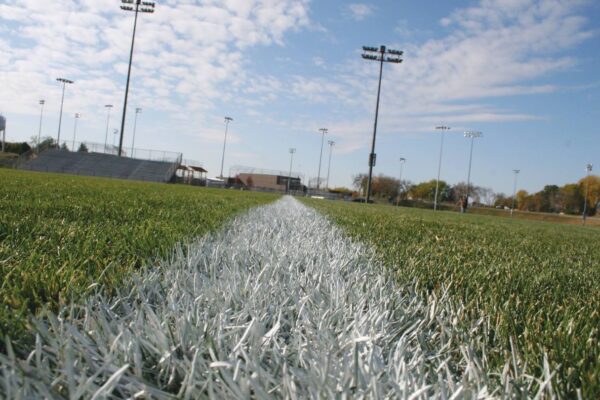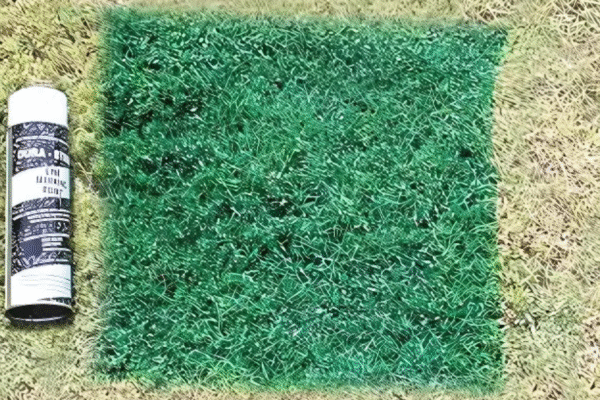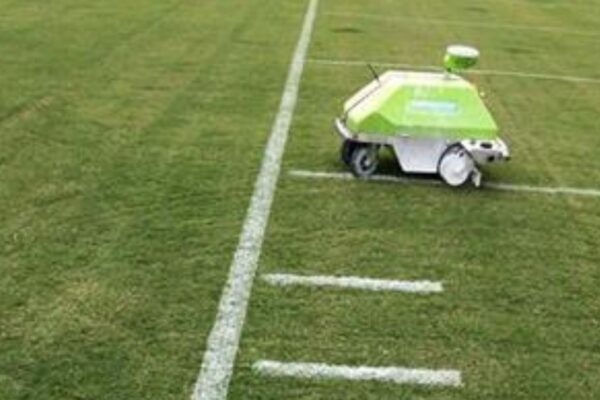Robotic vs Manual Striping Machines: Which Boosts Efficiency?
Robotic striping machines are transforming the way striping work is done, offering significant advantages over manual methods. These machines are designed to enhance efficiency, delivering faster results with greater precision. By reducing labor demands and minimizing errors, robotic striping technology is becoming the preferred choice for many industries. This blog explores the key benefits of robotic striping machines and why they outperform traditional manual methods.
Key Takeaways
- Robotic striping machines can complete tasks up to five times faster than manual methods, significantly improving overall efficiency and reducing traffic disruptions.
- Automation reduces labor costs by up to 2.3 times, enhances safety by minimizing human involvement, and results in fewer workplace injuries.
- Robotic systems improve accuracy and consistency, utilizing advanced technologies like GPS to achieve precision in line markings, while also reducing paint consumption by 50-60%.
Comparing Robotic vs Manual Striping Machines: Which Boosts Efficiency?
The process of pavement striping is crucial for road safety and aesthetics, transitioning from manual methods to automated technology. Key points include:
- Robotic striping systems can complete a mile of striping in only two hours.
- Manual methods require six hours to complete the same task.
- The reduction in time with robotic systems boosts efficiency.
- Faster striping minimizes traffic disruptions, which are common with manual striping.
Automated striping machines enhance operational efficiency by:
- Increasing productivity rates by up to 30%
- Utilizing GPS technology
- Employing robotic line markers to maintain accurate positioning, which is essential for marking lines on uneven or varied terrain.
Recognizing the differences between manual and automated striping equipment is crucial for informed decision-making. This evaluation will focus on labor savings, accuracy, and consistency across different sports applications.
Introduction
Choosing between manual and automated striping systems depends on specific needs, budget, and the operational context of the striping task. For example, while a small parking lot might be efficiently marked using manual methods, larger projects often benefit from the precision and speed of robotic systems. This blog will guide you through the various factors influencing this decision, including labor costs, paint consumption, overall efficiency, and parking lot striping.
Pavement striping is not just about laying down paint; it involves a complex process of planning, layout, and execution to ensure safety and quality. As companies strive to optimize their resources and performance, the ability to choose the right equipment becomes paramount. From initial lines to maintenance, understanding the pros and cons of each system will help you make an informed decision.
Understanding Line Marking Machines
Line marking machines are essential tools in creating precise lines for various applications, from parking lots to sports fields. The transition from manual to automated technology has revolutionized this process, making it more efficient and accurate. Manual striping requires significant manual labor and time, whereas robotic systems can complete the same task in a fraction of the time.
Robotic striping machines utilize advanced technologies such as GPS and machine vision to ensure precise lines and consistent quality. Key features include:
- Equipped to handle complex layouts
- Ability to adapt to different field configurations with ease
- Maintain accurate positioning on uneven or varied terrain, which is a significant advantage of robotic machines.
Recognizing the differences between manual and automated striping equipment is crucial for informed decision-making. While manual methods rely heavily on the skill and experience of the operator, robotic machines offer unmatched precision and consistency. This evaluation focuses on labor savings, accuracy, and consistency across different sports applications.
Labor Savings with Robotic Solutions

One of the most compelling advantages of robotic striping machines is the significant reduction in labor costs. The introduction of robotic systems can reduce the total labor required by up to 2.3 times, transforming industries that rely on outdated, labor-intensive methods. Replacing manual labor with automation, these machines boost productivity and optimize resource consumption.
Robots can save time by minimizing the time taken for jobs and reducing traffic disruptions. This efficiency translates into substantial financial savings for organizations. Additionally, the use of robotic striping machines leads to fewer workplace injuries associated with manual labor, such as strains and falls.
Automating repetitive or hazardous tasks allows workers to focus on other tasks that are more engaging, enhancing employee satisfaction. In summary, robotic solutions offer a cost-effective solution to the labor-intensive nature of manual striping.
Accuracy and Consistency
Accuracy and consistency are critical factors in line marking, and automated striping systems excel in these areas by:
- Utilizing advanced sensors and machinery to enhance precision and reduce human error
- Offering precision through robotic striping machines that minimize the risk of errors
- Adapting to unique layouts of different sports fields, which is particularly important
Robotic solutions deliver consistent results that meet client expectations for quality and precision. Their benefits include:
- Ensuring reliability that allows multiple fields to be marked uniformly, exceeding the consistency achievable by manual methods.
- Automating the painting process to eliminate human errors.
- Delivering flawless line markings through robotic striping machines.
Customer satisfaction is significantly improved due to the high accuracy and quality of results. With a margin of error of just 1 centimeter, robotic line markers ensure maximum precision in field markings. This level of accuracy and consistency contributes to overall efficiency and productivity.
Speed and Efficiency
Speed and efficiency are paramount in the striping industry, and robotic machines significantly outperform manual methods. Robotic striping machines can complete jobs dramatically faster, with some systems capable of completing a mile of striping in just two hours compared to six hours for manual methods. This reduction in time not only enhances operational efficiency but also allows contractors to take on more projects simultaneously.
Robotic systems utilize multiple pre-loaded templates for different field layouts, streamlining the marking process and saving time. The benefits include:
- Avoiding extra time spent on overmarking, which improves job efficiency
- Providing a more cost-effective solution
- Delivering maximum precision
- Enhancing customer satisfaction
Paint Consumption and Cost Savings
One of the significant advantages of robotic striping machines is their ability to reduce paint consumption. These machines offer the following benefits:
- Reduce paint usage by 50-60% compared to traditional methods, leading to substantial cost savings.
- Maintain consistent speed and spraying pressure.
- Optimize paint application and minimize waste.
Robotic line marking technology offers several advantages:
- Improves productivity and optimizes resource consumption, resulting in significant savings.
- Uses reusable paint containers in robotic striping machines, which decreases environmental impact and supports cost efficiency.
- Paints only when needed, allowing for efficient line maintenance and cost reduction.
The ability to reduce material costs while maintaining high-quality results makes robotic striping machines a cost-effective solution for various applications. The overall efficiency and resource optimization contribute to long-term savings and environmental sustainability.
Maintenance and Durability
Maintenance and durability are crucial factors when evaluating striping machines. Both Automated Guided Vehicles (AGVs) and Autonomous Mobile Robots (AMRs) typically incur similar maintenance costs, requiring lubrication and occasional parts replacement. However, the advanced technology used in robotic striping machines often leads to lower overall maintenance costs and increased durability compared to manual machines.
The evolution of striping technology includes both efficiency improvements and lower environmental impact compared to manual methods. While AGVs stop operating if guidance tape is damaged, AMRs can adapt to environmental changes, ensuring continuous operation. This adaptability and durability make robotic striping machines a reliable choice for long-term use.
Safety and Minimal Human Intervention

Safety is a top priority in any industry, and robotic striping machines excel in this area by minimizing human intervention. These machines take over hazardous tasks, reducing the risk of injuries associated with manual operation. The automation provided by robotic striping systems significantly reduces the likelihood of accidents that can occur during manual line marking.
Robotic striping machines often include advanced safety features that detect obstacles, preventing accidents during operation and addressing potential safety hazards. The deployment of these autonomous machines minimizes the need for human presence in dangerous work environments, thereby enhancing overall workplace safety.
Automation through robotic striping allows for real-time monitoring, ensuring compliance with safety standards.
Adaptability to Different Surfaces and Sports Fields
Robotic line marking machines are designed to work efficiently on a variety of surfaces, including natural grass and artificial turf. This versatility ensures that the lines are clear and precise, regardless of the surface. These machines can adapt to different sports field configurations, allowing the same device to be used for multiple sports.
The ability to store and replicate previous field layouts ensures consistent accuracy across seasons. Whether it’s for parking lots or sports fields, robotic striping machines offer multiple options and adaptability to different surfaces and location spaces. This flexibility makes them suitable for various applications, enhancing overall efficiency.
Initial Investment vs Long-term Benefits
While the initial investment for robotic striping machines may be higher, the long-term benefits far outweigh the costs. However, the versatility of robotic machines allows them to quickly switch between different field markings, making them valuable tools for sports facilities that host various events.
The long-term labor savings and versatility of robotic systems lead to reduced overall operational costs and increased customer satisfaction. Despite the initial investment, the efficiency and adaptability of these machines contribute to significant cost savings over time. The ability to adapt to different marking requirements without significant downtime further enhances their value.
Professional Contractors and Customer Satisfaction
Professional contractors play a crucial role in the successful implementation of robotic striping systems. These systems operate autonomously, allowing workers to focus on supervisory roles rather than performing labor-intensive tasks. Reducing costs and manual labor requirements, robotic solutions enhance the overall efficiency of job sites.
The quality of line mark markings produced by durable robotic machines leads to improved professionalism and customer satisfaction. Contractors can deliver precise and consistent results, meeting client expectations and building a reputation for excellence.
The use of robotic systems not only improves operational efficiency but also enhances the quality of service provided to clients.
Key Differences Between Robotic and Manual Methods
The key differences between robotic and manual striping methods are stark. Robotic striping machines can achieve a 5X productivity increase compared to manual methods, significantly improving workflow efficiency. Automated machines can automate order fulfillment tasks, further enhancing operational efficiency.
Robotic striping machines offer several advantages:
- Superior accuracy in line marking, minimizing human error and ensuring consistency.
- Flexibility that allows for adaptive routing, enhancing precision over fixed manual methods.
- Utilization of advanced sensor technology to significantly improve the accuracy of line placements.
In contrast, manual striping methods often incur higher labor costs and more time-consuming operations. The advanced technology and efficiency of robotic systems make them a superior choice for modern striping needs. The transition to robotic solutions offers numerous benefits, from cost savings to enhanced accuracy and productivity.
Final Thoughts on Choosing the Right Striping Solution
When comparing robotic and manual striping machines, the best option often comes down to your project size, precision needs, and long-term efficiency goals. Robotic striping machines offer unmatched consistency and labor savings for large-scale applications, while manual machines still serve a purpose for smaller, budget-conscious projects requiring flexibility. Understanding your operational demands is key to choosing the most efficient system.
At US Specialty Coatings, we’re committed to helping you achieve superior results with the right striping machine tailored to your specific needs. Whether you’re looking to upgrade to advanced automation or optimize your current manual setup, our solutions are built for performance, durability, and accuracy. Let us help you boost productivity and elevate your line striping standards with confidence.
Frequently Asked Questions
What are the main benefits of robotic striping machines over manual methods?
Robotic striping machines provide substantial labor savings and superior accuracy compared to manual methods, resulting in consistent outcomes and reduced paint usage while enhancing safety by minimizing human involvement.
How do robotic striping machines reduce paint consumption?
Robotic striping machines significantly reduce paint consumption by maintaining a consistent speed and spraying pressure, optimizing the application process, and minimizing waste. This can lead to a reduction in paint usage by 50-60%.
Are robotic striping machines suitable for different types of surfaces?
Robotic striping machines are indeed suitable for various surfaces, including both natural grass and artificial turf, and they can effectively adapt to different sports field configurations. This versatility makes them an excellent choice for diverse striping needs.
What is the initial investment cost for robotic striping machines compared to manual methods?
The initial investment for robotic striping machines is typically higher than manual methods; however, their long-term benefits, including labor savings and lower maintenance costs, make them a more cost-effective solution overall.
How do robotic striping machines enhance safety?
Robotic striping machines enhance safety by minimizing human involvement in dangerous tasks and incorporating advanced safety features that detect obstacles. This technology supports real-time monitoring, ensuring adherence to safety standards.








